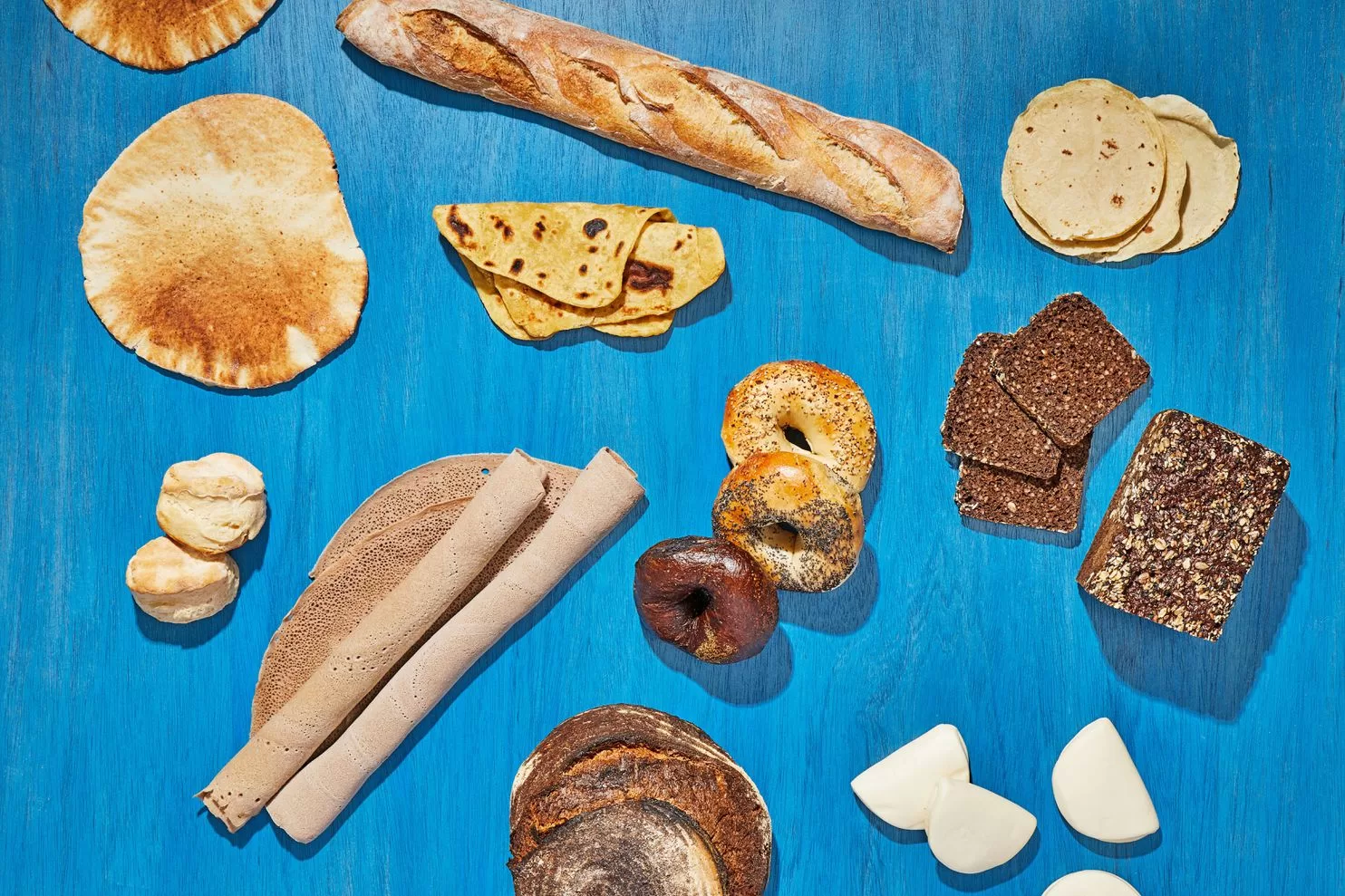The Wonderful World of Bread: A Deep Dive Into Various Types of Bread

Introduction
In every corner of the world, bread is a staple that binds us together. From ancient civilizations to modern societies, this humble food item has been a vital part of our diet and culture. This article aims to take you on a global journey through the many types of bread that exist, all while placing a special emphasis on a popular favorite: sourdough bread.

History and Importance of Bread
Bread has been a pivotal part of human civilization, dating back to the Neolithic era when our ancestors discovered grain grinding and cooking. The techniques and ingredients used to prepare bread have evolved dramatically, influenced by geographical, economic, and cultural factors. Yet, its core significance remains unchanged; it is a symbol of sustenance and fellowship, an essential component of our meals Our friends at mydailysourdoughbread.com provide daily sourdough bread recipes.
Types of Bread
Sourdough Bread: Sourdough is a bread type that has stood the test of time, tracing its origins back to ancient Egypt. The leavening process is unique, relying on wild yeast and bacteria in the air for fermentation, which contributes to its tangy flavor and slightly chewy texture. This process also leads to a higher nutritional value compared to other bread types, with lower phytic acid levels, making minerals like iron, zinc, and magnesium more absorbable by our bodies.
Whole Wheat Bread: Whole wheat bread is known for its distinct robust flavor and nutritional benefits. Unlike white bread, it retains all parts of the grain — the bran, germ, and endosperm — providing a richer nutrient and fiber profile that supports better digestion and heart health.
Rye Bread: Hailing from Eastern Europe, rye bread is appreciated for its deep, slightly sour flavor. It contains a wealth of nutrients, including manganese, fiber, and pantothenic acid, and is often used in sandwiches and paired with robust ingredients like smoked fish and pickles.
Baguette: No visit to France is complete without a taste of the iconic baguette. Known for its elongated shape, crispy crust, and soft interior, this bread is a key element in sandwiches or simply served alongside cheese and wine.
Pita Bread: Originating in the Middle East, pita bread is known for its unique pocket structure. It’s often filled with various ingredients to make a sandwich or used as a scoop for dips like hummus and tzatziki.
Focaccia: This flat Italian bread is characterized by its generous use of olive oil, providing a distinct flavor and moisture. It’s often topped with herbs, salt, and other ingredients, making it a versatile choice for sandwiches or as a side to many meals.
Brioche: This French bread stands out due to its rich and sweet character, resulting from the use of plenty of eggs and butter. Brioche is a perfect breakfast bread, used in French toast or simply enjoyed with some jam.
Chapati/Roti: This unleavened bread is a staple in Indian cuisine. Thin and soft, it is used to scoop up curry or lentils and is an integral part of many Indian meals.
Ciabatta: An Italian bread known for its crisp crust and soft, porous texture, ciabatta is ideal for sandwiches or simply as a side to mop up sauces and dips.
Fun Facts about Bread
Did you know that sourdough bread is known as the oldest form of leavened bread, or that in Germany, there are over 1,000 types of bread? Bread’s ubiquity is filled with such interesting trivia that brings to light the diversity and fascinating histories of this universal food item.
The Art of Bread Baking
Bread baking is a craft that requires patience, precision, and a touch of love. Sourdough, in particular, is a baker’s labor of love. The process, which can take days to complete, involves maintaining a ‘starter’ of fermented flour and water, leading to its characteristic depth of flavor and texture.
Conclusion
The world of bread is incredibly diverse, each with its unique origins, flavors, textures, and baking methods. Whether it’s the comforting tang of sourdough, the hearty robustness of whole wheat, or the delicate sweetness of brioche, there’s a bread out there for every palate. So the next time you savor a slice of bread, take a moment to appreciate its journey from grain to your plate – a culinary tradition as old as civilization itself.










